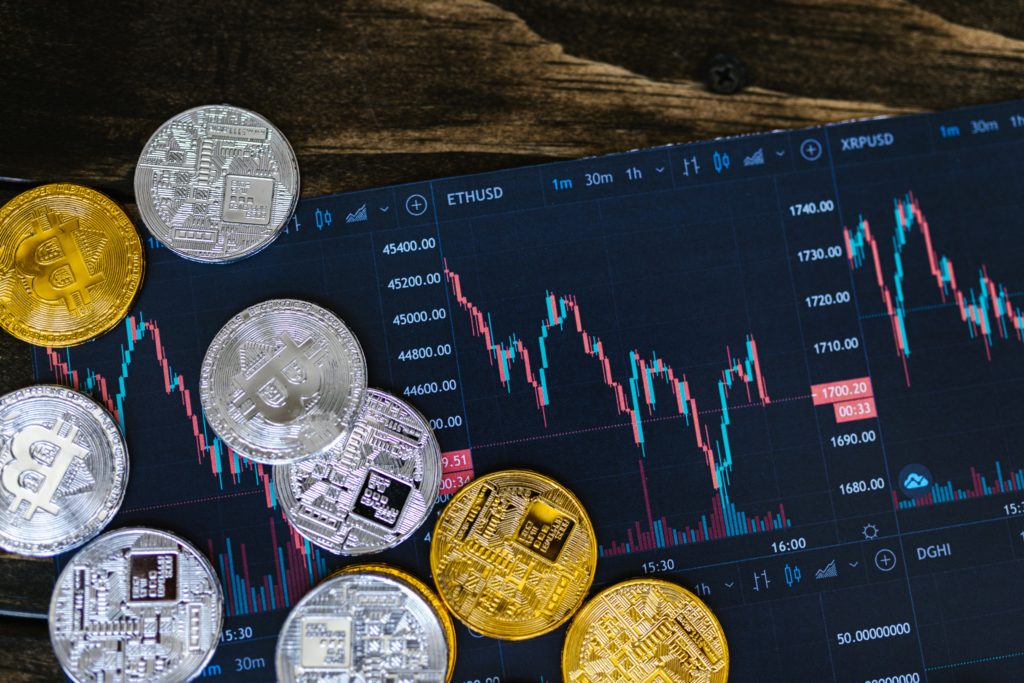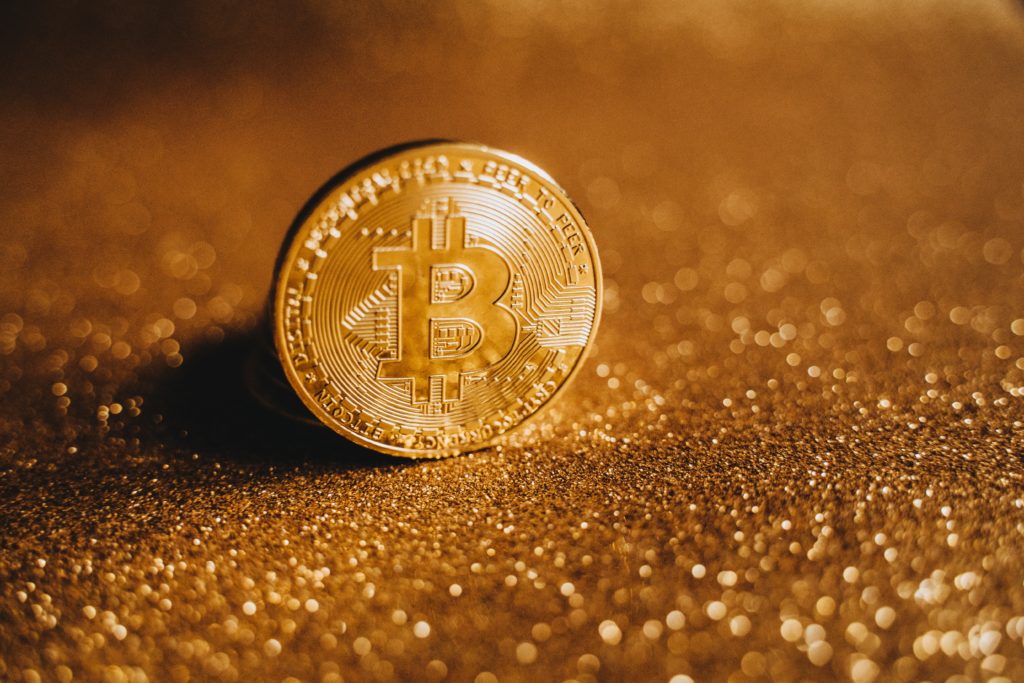India’s forex reserves as of April 8, 2022, are estimated to be around $604 billion. Now it has chosen to increase its forex reserves, whereas China and other countries are more interested in accumulating assets in foreign countries rather than increasing their forex reserves.
Forex reserves basically are assets of foreign countries which has much liquidity and are able to be moved quickly. Tese forex reserves are controlled by the country’s central banks. These are basically insurance to keep the country’s economy stable in case of financial shocks.

Increase Forex Reserves Or Foreign Assets?
Saudi Arabia and China have used their funds to buy foreign assets in recent times instead of increasing their forex reserves. At the same time, India and Switzerland were increasing their forex reserves to protect against the appreciation of their local currencies against the USD.
Appreciation of INR against USD can have a severe impact on the exports and make them less profitable. All export companies and IT sectors will lose crores of revenue while exchanging USD for INR. To prevent this, India is raising its forex reserves to provide a stable economy.
Does India Has Made The Right Move By Increasing Foreign Reserves?
In the present scenario, countries are more likely to optimize and diversify their foreign assets. China is racing towards increasing its foreign assets in foreign lands. But it also has built a proper forex reserve. China and Saudi Arabia’s share of foreign assets have fallen over 30 to 40% in the last ten years. These two countries are the major reserve holders to see sharp declines in a short time.
Only two countries that performed well in the last decade are Switzerland and India. Switzerland’s share of foreign assets has increased in value, and India’s is flat. Other than these two countries, every country in the world saw a decline in its share value.

Norway, Singapore, and Saudi Arabia’s governments have built their Sovereign Wealth Fund worth with the total assets valuing over $10 trillion. Other countries like Japan and China have allowed their national firms and institutions to buy assets in foreign countries. These assets don’t have much liquidity and are hard to be utilized in hard times. But they contribute a fair amount to maintaining the overall economy stable.
Also, global reserves have increased from $2 trillion to $12 trillion in 15 years steadily. After that, they have been stagnant. At the same time, the shares of global GDP have risen ten percent from 5.5% to 15.4 from 2000 to 2014. But, the shares of global GDP are now 14% only.
The global forex reserves have faced a fall of 12% from 1999 to 2021. But CNY (Chinese Yuan Renminbi) looks much more stable and is expected to replace USD as the international reserve currency. Also, it is important to note that Russia holds one-fourth of the CNY reserves. One should also note that the central bank’s demand for safe assets is exceeding its supply.
